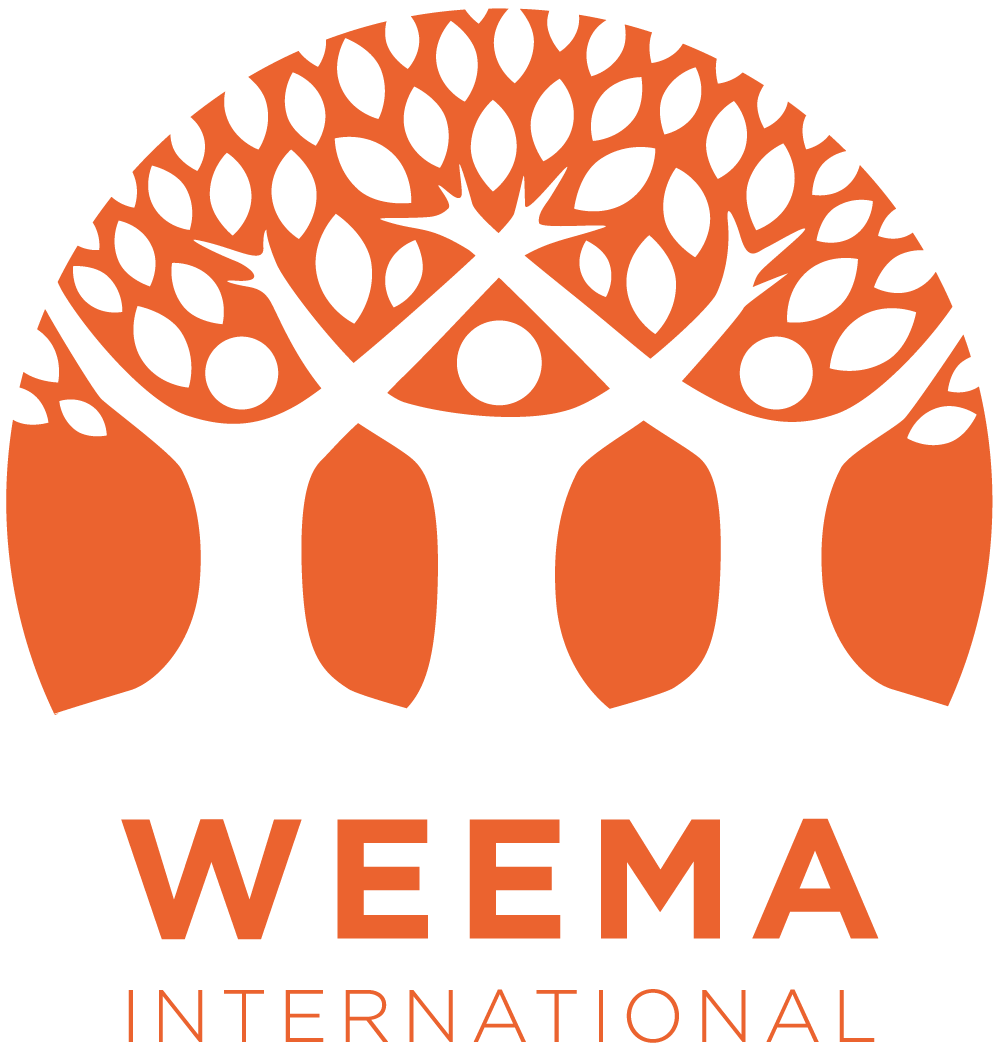Persons Living with Disabilities
THE ISSUE
Living with a disability is often a challenge anywhere in the world, but it can be especially difficult in rural regions of developing countries like Ethiopia. Among the wide ranging challenges that adults with disabilities face:
Limited Accessibility: In rural Ethiopia, infrastructure is often inadequate or non-existent. Roads are frequently unpaved, and buildings rarely have accessibility features such as ramps or widened doorways. This can make it extremely difficult for people with physical disabilities to move around their communities, access services, or participate in social activities.
Lack of Health Services: Access to medical care and rehabilitation services is often severely limited in rural areas. This lack of access can exacerbate existing disabilities and lead to preventable complications. The scarcity of mental health services can also result in untreated mental health conditions for those with psychological or cognitive disabilities.
Stigma and Discrimination: Societal attitudes towards disabilities is another major barrier. In many rural communities, disabilities are poorly understood, leading to stigmatization and discrimination that causes social exclusion, isolation, and limited opportunities for employment or education.
Educational Barriers: Children and adults with disabilities often face significant barriers to education. Many schools are physically inaccessible, teachers are not trained in inclusive education practices, and educational materials are not adapted for students with disabilities. This can limit future employment opportunities and perpetuate a cycle of poverty.
Policy and Legal Framework: Although Ethiopia has signed and ratified the UN Convention on the Rights of Persons with Disabilities, implementation of laws and policies supporting persons with disabilities is often weak, particularly in rural areas. Enforcement of these laws is also a challenge due to limited resources and awareness.
Livelihood and Economic Opportunities: Economic opportunities are often limited for all rural residents, but adults with disabilities face even greater barriers. Without adaptive tools or supportive work environments, it can be challenging for people with disabilities to engage in agricultural work or other common rural occupations.
Food Security and Nutrition: Given their limited income and reduced physical mobility, adults with disabilities can also struggle to secure sufficient nutritious food, which is crucial for their health and wellbeing. As a result, they are often disproportionately affected by food insecurity and malnutrition.
These challenges can be addressed through a variety of measures, including improving rural infrastructure, expanding access to health and rehabilitation services, promoting inclusive education, enforcing disability rights laws, increasing economic opportunities for people with disabilities, and raising public awareness about disability issues.
WEEMA’S COMMUNITY-LED INTERVENTION
WEEMA is partnering with local governments to empower persons living with disabilities. We have provided business training support, including skills training and investments, to more than 270 adults with disabilities. We have helped nearly 500 students with disabilities, both children and adults, attend school in Mudula, Keleta, Buho and other villages. We have also organized advocacy and awareness workshops, assistive device distribution campaigns, community-based rehabilitation, and establishment of district level associations for people with disabilities.
PERSONS LIVING WITH DISABILITIES LOG FRAME
(What is a log frame? A logical framework, often referred to as a log frame, is a planning tool used in international development to design, implement, monitor, and evaluate projects. It establishes a coherent structure to identify and express the project's goals, objectives, activities, inputs, outputs, outcomes, and impacts, while also defining the indicators for measuring success and identifying potential risks and assumptions. This framework fosters accountability and ensures that projects are effectively addressing identified needs and expected results.)
